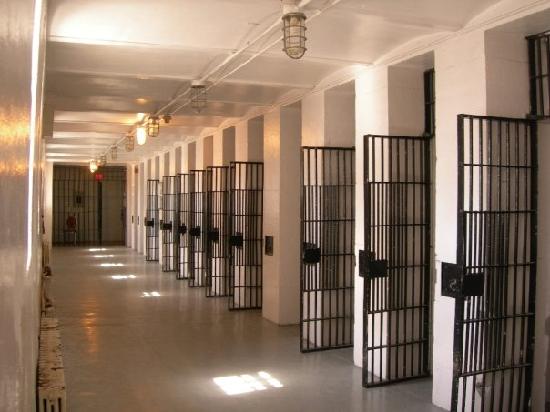|
PRISONERS I grew
up in Leavenworth, Kansas, A story
I remember from childhood, Eventually,
Leavenworth and its nearby surroundings hosted myriad penal
facilities including the city and county jails, As railroads
first expanded across The St.
Joseph Railroad chose the much smaller town of Westport Landing
and in 1869 built the Hannibal Bridge there over Leavenworth,
however, gained a stable recession-proof economy based on reliable
government jobs - including many at Fort Leavenworth - a situation
which exists
The prison,
however, offered opportunities. My father, a sociologist, taught
classes The United
States has the highest documented incarceration rate in the
world. In 2008 approximately one in every 31 adults (7.3 million)
in the United States was behind bars, or being monitored (probation
Why can't we "turn people around" and away from a life of crime? I made two personal attempts. Through
the Big Brother program, I worked Through
the Arlington County Offender Aid
All this
leads to my main point: How is it, with all the sophisticated
psychological, sociological, pedagogical and visual-learning
information and skills we have, that we cannot reform or redirect
first-offenders, I know that there are various religious groups and other organizations which attempt to serve and reform convicts, but these, however well-intentioned, and for the great good they undoubtedly do, seem like adjunct services rather than the main-core purpose, goal and activity which seems to me should be the essential goal of incarceration. Not just punishment, but more importantly, retooling, re-goaling, re-orienting those who have made criminal missteps, but who, should be redeemable. With 24-hours
a day for a sentence of two, five or twenty years, cannot we
change Perhaps
I am naive in all this but can't government, industry, educational
institutions, churches and educational-psychological-psychiatric-sociological
experts come together in a team effort America is a dismal failure with incarceration. Can't we become a pioneer success in rebuilding lives and recreating citizens? I hope so. It wouod be nice to see some of those prison doors swing open.
|



